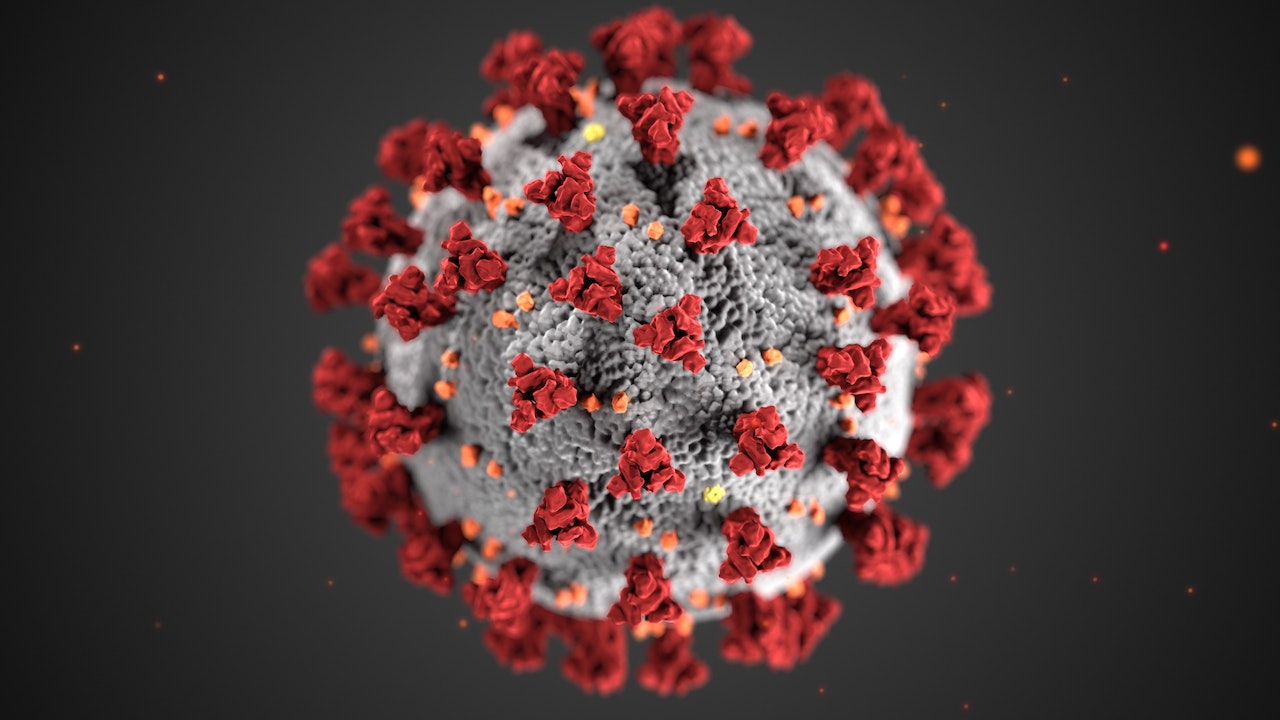

Eight U.S. government agencies have been looking into the possible origins of the COVID-19 virus, which was first detected in China. The prevailing consensus has been uncertainty, considering China has refused to cooperate with the investigation. But the U.S. Department of Energy has issued a new report that says it is plausible that the virus originated from a laboratory leak in China. The report was issued with “low confidence,” which means the data may be incomplete or uncorroborated.
Several lawmakers received a copy of the classified report, but two sources familiar with the investigation confirmed the contents. They believe it is independent from an earlier analysis conducted by the department’s Lawrence Livermore Labs that identified a potential lab leak at the Wuhan Institute of Virology in China as the possible cause.
National Security Advisor Jake Sullivan said the president “specifically requested” that the lab leak theory be included in the investigation “because he wants to put every tool at use to be able to figure out what happened here.”
But he noted there are “a variety of views in the intelligence community.”
“Some elements of the intelligence community have reached conclusions on one side, some on the other. A number of them have said they just don’t have enough information to be sure,” Sullivan said. “…If we gain any further insight or information, we will share it with Congress and we will share it with the American people. But, right now, there is not a definitive answer that has emerged from the intelligence community on this question.”
Despite this lack of consensus, many researchers have said the evidence points to a possible animal-human crossover that may have occurred at Wuhan wet market where live animals are sold to the public. Scientists believe the virus may have spilled over from bats to humans or through another animal host.
Recent reporting from The Washington Post says that the U.S. Energy Department changed its stance on the potential cause of the pandemic after officials received an analysis from experts at the national laboratory complex, including members of an elite team known as Z Division. But other experts involved in the analysis were divided on the virus’s origins with the evolutionary “spillover” from animals as the prevailing theory, which is why the report received a “low confidence” rating.
Officials familiar with the report said the Biden Administration’s view on the situation has not changed and that there is still no definitive conclusion as to how the virus came to be.
“The bottom line remains the same: Basically no one really knows,” one of the officials said.
The intelligence communities are also united on the view that the virus was not man-made or developed as a bioweapon.
“‘Lab’ does not equal ‘man-made,’ the official said. “Even if it was a leak from a lab, they still think it would be a naturally occurring virus.”
China’s lack of cooperation has made it difficult for these agencies to obtain information about the initial spread of the virus.
Officials emphasized that this new report should be taken with a grain a salt.
“There is not a consensus right now in the U.S. government about exactly how covid started,” National Security Council coordinator for strategic communications John Kirby said during a recent press briefing. “That work is still ongoing, but the president believes it’s really important that we continue that work and that we find out as best we can how it started so that we can better prevent a future pandemic.”
When we discuss students, we always mention their qualities. Those qualities show what they are…
If you or someone you know is juggling mental health issues alongside substance abuse, understanding…
For the last couple of weeks, the Israel-Hamas conflict has taken over the news cycle.…
Our eyes are invaluable, serving as our windows to the world. The ability to see…
Undoubtedly, one of the most demanding and challenging professions is nursing. Nurses work long hours in…
Echocardiography, or echo for short, is a key diagnostic test used by cardiologists to assess…